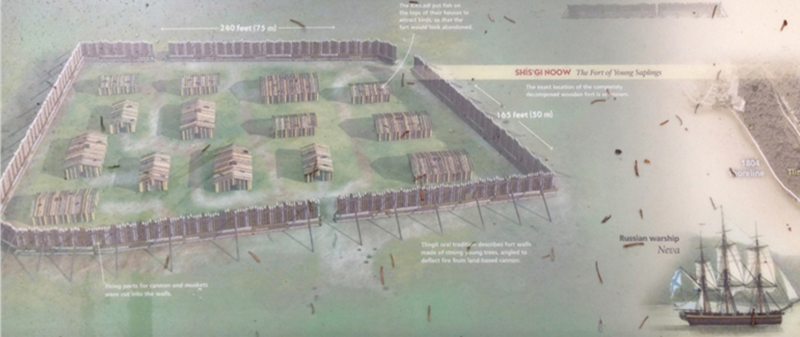-
chevron_right
Native American tribe wins right to hunt gray whales off Washington coast
news.movim.eu / TheGuardian · Thursday, 13 June - 17:01
Makah people, whose right to hunt whales is noted in treaty, granted waiver by US government to kill two or three a year
The United States granted the Makah Native American Tribe in Washington state a long-sought waiver on Thursday that helps clear the way for its first sanctioned whale hunts since 1999.
The Makah, a tribe of 1,500 people on the north-western tip of the Olympic Peninsula, is the only Native American tribe with a treaty that specifically mentions a right to hunt whales. But it has faced more than two decades of court challenges, bureaucratic hearings and scientific review as it seeks to resume hunting for gray whales.
Continue reading...
